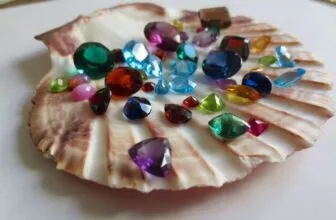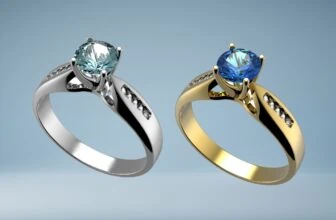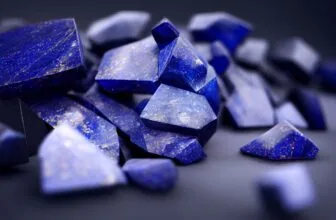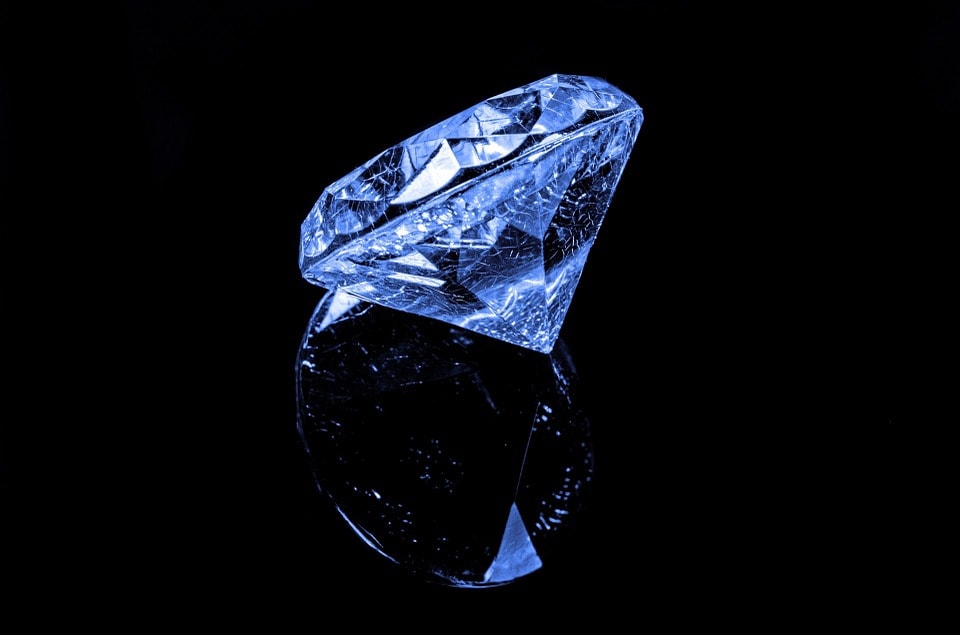
Table of Contents
As Jewelry Shopping Guide editors, we write about things that we love and we think you’ll like too. We often have affiliate partnerships, and may generate some revenue from these links at no cost to you.
There are many gemstones and minerals on the planet, as well as in the jewelry world that are quite rare. Some of them, like rubies, certain types of sapphires, or perfectly round natural pearls, are pretty well-known. Others are actually very common even though the industry often tries to convince people that they are rare as well – diamonds being, probably, the best example.
However, there are also those gemstones that are indeed so incredibly rare that most people haven’t even heard about them. A lot of them are sold and used in jewelry but at such impossible prices and in so small quantities that they are beyond the reach of the average customer. Some are rare because they’re simply found in one or two places in the world, others – because they are unreasonably difficult to mine.
If you’re curious about some of these rare gemstones, below we’ve compiled a list of 15 of the rarest gemstones on the planet. Depending on who you ask some are rarer than others or the other way around, so we’ve listed them in alphabetical order.
Musgravite – a new gemstone
This is a recently discovered gemstone. Musgravite was entirely unknown to us until 1967 when the Musgravite Range in South Australia yielded several of these beautiful dark-blue gemstones. Since then, Musgravite has also been found in Antarctica, Madagascar, and Greenland, but still in insignificant quantities. As of 2005, the Gemological Institute of America recognized only eight specimens of Musgravite stones that were large and pure enough to be cut to shape – eight stones in the whole world.
Painite – made it into the Guinness Book
Discovered in 1951 in Burma, Painite was dubbed by the Guinness Book of World Records as the “World’s Rarest Mineral”. After all, at the time, only two specimens of this gemstone were known to exist. While we wouldn’t go as far as to confirm this, the rarity of Painite is quite clear – as of 2004 only twenty-four of these gemstones had been discovered.
Since then, Myanmar has opened up a couple of mines for Painite and the overall number of these stones today is closer to 1,000, however, that’s still an impressively small number. Compare that to the roughly 133 million carats of diamonds mined each year and you get a whole new appreciation for this rare gemstone.
Alexandrite – the color-changing gemstone
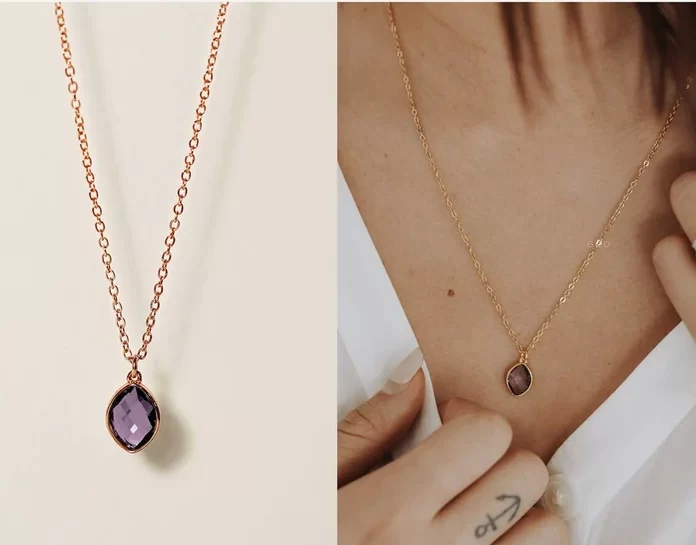
F.irst on our list is one gemstone that’s not only incredibly rare but also exceedingly fascinating because of its color-changing properties. Called the alexandrite effect, the gemstone can change color depending on the light source that shines upon it. The stone exhibits a greenish-blue in natural sunlight to reddish-purple in soft incandescent light.
Alexandrite is a member of the emerald gemstone family and a variation of Chrysoberyl. It’s rare because of its unique makeup – titanium, chromium, and iron. Good quality alexandrite is rarer than colorless diamonds and can be costlier than popular stones like emeralds, sapphires, and rubies. High-quality alexandrite can fetch over $30,000 per carat. Look out for imitations as they have flooded the market.
Read our article on this fascinating gemstone.
Ammolite – the opal-like organic stone
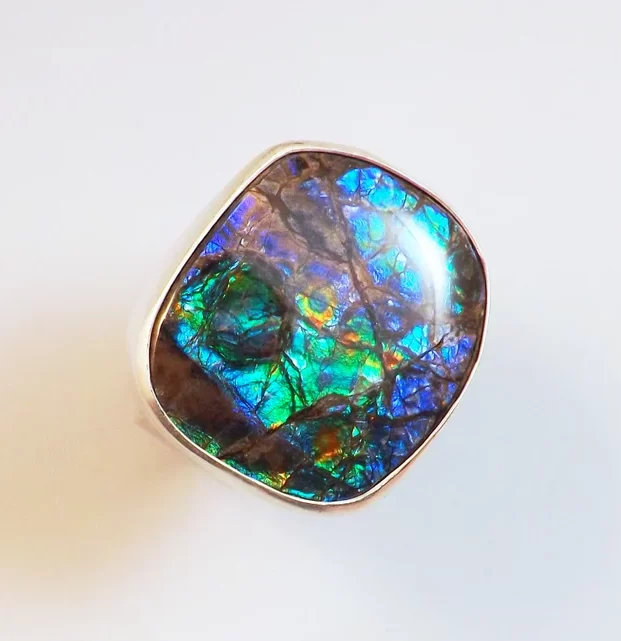
Ammolite is an organic gemstone that’s only found in rather limited deposits in the Rocky Mountains in the U.S. It consists of aragonite shells of 65-million-year-old marine mollusks, the same material that creates pearls.
Ammolite is similar to coral or shell in that it originates from sea creatures but it’s different in that it’s fossilized shells that need to be dug up. You can see multiple incandescent colors on a single stone, sometimes every single color of the rainbow. It’s that unique property that makes it so highly valued in addition to its rarity – the more colors an Ammolite stone displays, the more expensive it is.
Benitoite – excellent fire dispersion
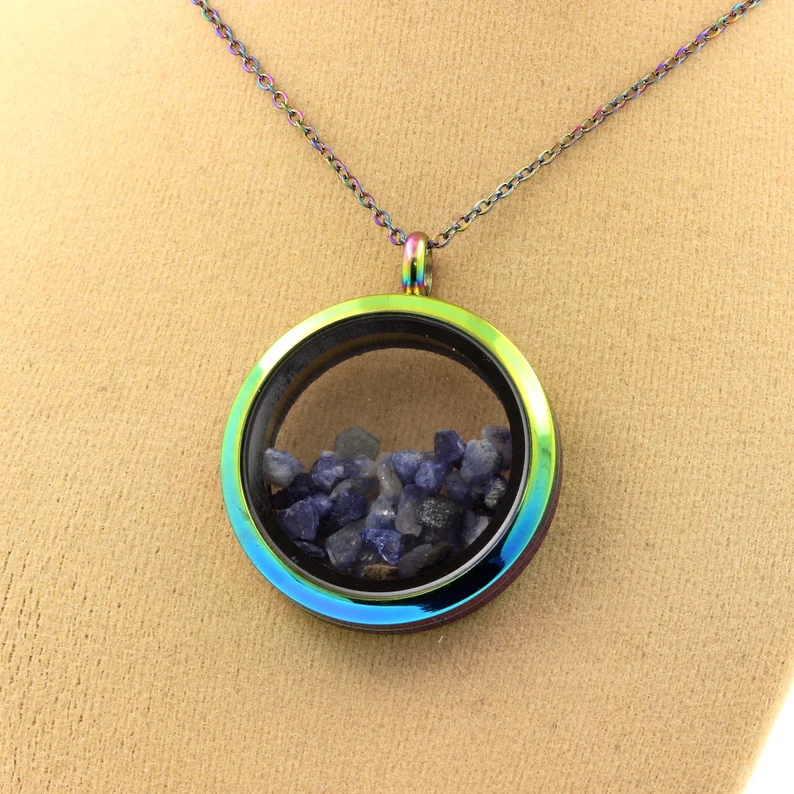
An extremely rare blue gemstone, gem-quality benitoite is only found in San Benito, California, even though small quantities of it can be found elsewhere. In addition to its rarity, benitoite also exhibits amazing fire (light dispersion), that’s much more captivating than even the fire of most diamonds. That, together with its sapphire-like blue colors, makes benitoite an extremely valued and expensive gemstone.
Although benitoite is much rarer than diamonds, prices are relatively reasonable, if you can find them. This gem is typically found in small sizes, making them a good choice for delicate jewelry. It’s a favorite among mineral collectors because who wouldn’t want to have one of the world’s rarest gemstones in their collection?
Black Opal – not really black
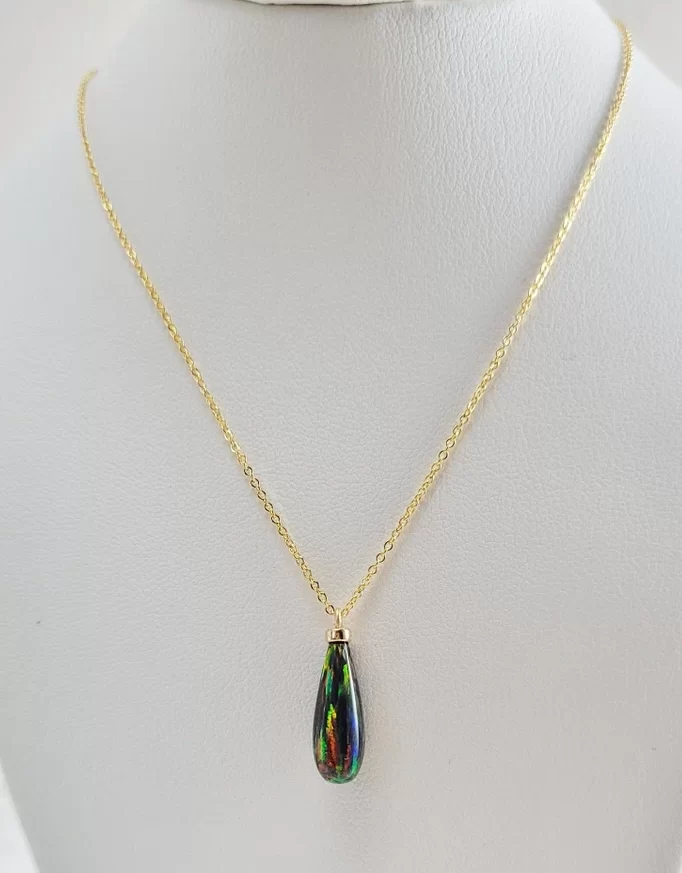
While opals, on the whole, are not rare, black opals are another story. Most black opals are only found in the mines in the Lightning Ridge area in New South Wales, Australia. Unlike standard opals that have a creamy white color, black opals have deep black or dark blue colors and bright flashes of color, making for a truly gorgeous look.
The darker the black colors of these opals, the more their inclusions stand out, and the more captivating the entire composition becomes. Black opals come with a hefty price tag but each stone is unique and truly special.
Grandidierite – affordable yet rare
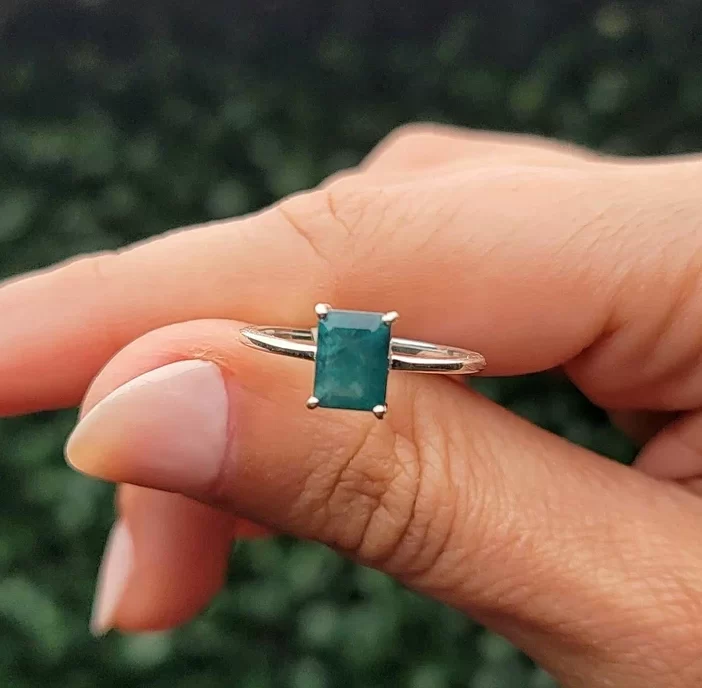
Next on our list is Grandidierite. This extremely rare blueish-green mineral is found in Madagascar and almost nowhere else on the planet, even though the first clean-faceted Grandidierite specimen known to man was found in Sri Lanka.
Similar to Alexandrite, Grandidierite is pleochroic but it doesn’t share its other color-changing properties. Grandidierite is relatively affordable and there is beautiful jewelry made out of this gem. The captivating color and translucent look of grandidierite make it a great option for unique gemstone jewelry.
Jadeite – the expensive cousin of nephrite
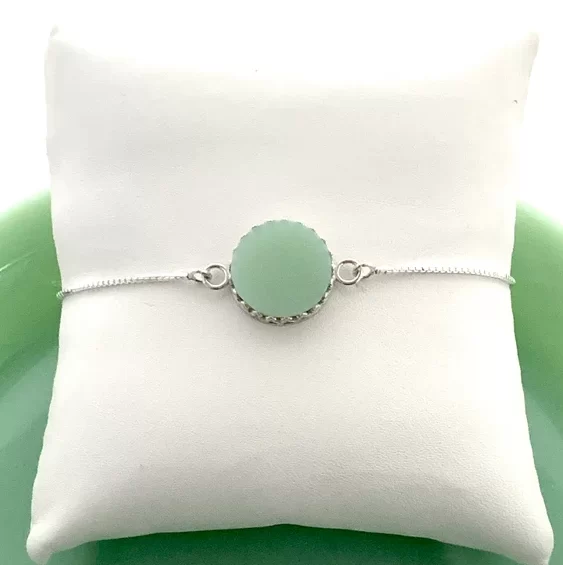
Jadeite is the rarer, more valuable variety of jade (the regular, more common type is nephrite). Jadeite is an old and highly valuable gemstone in Chinese, Mayan, and Maori legends. This, together with its intense green colors is what often causes people to mix it up with nephrite.
Jeremejevite – relatively unknown
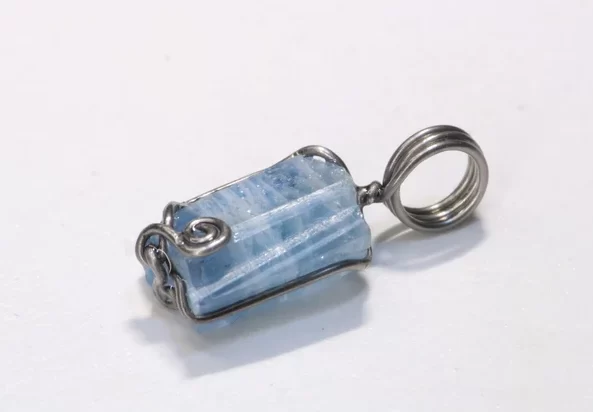
Jeremejevite was first discovered in Siberia at the end of the 19th century. These gem-quality crystals have also been recovered in Namibia but in very limited amounts. Jeremejevite gemstones are light blue in color and captivatingly beautiful, however, the minute quantities in which they are mined are why most people have never heard of them.
Larimar – the stone of the sea
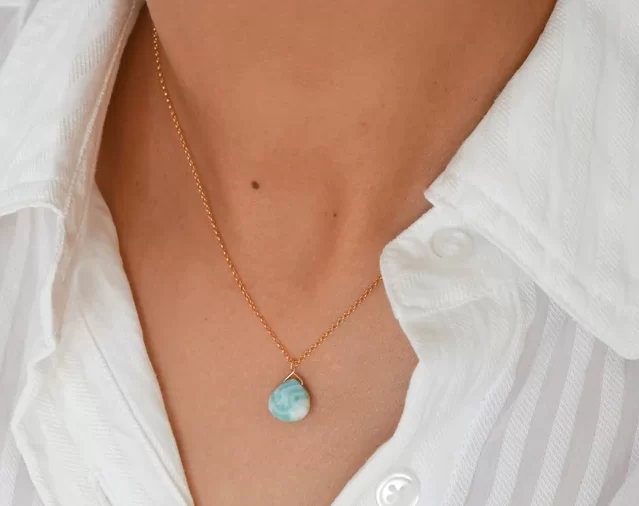
Found only in the Dominican Republic, Larimar gemstones are a very rare and light-blue variety of pectolite mineral. They only rose to prominence in the late 20th century when Miguel Méndez named them after his daughter Larissa and the Spanish word for sea – mar. The stone was known to locals for centuries but it wasn’t until the 1970s that sufficient quantities were discovered to open up a mine. Still, as Larimar is only mined there, it’s extremely rare overall.
Poudretteite – beautifully pink
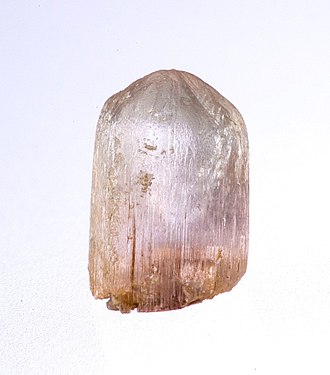
This gorgeous light-pink gemstone was first discovered in the 1960s, in Mont St. Hilaire, in Quebec, Canada. The Poudretteite mineral was named after the Canadian family that operated the quarry. The first gem-quality gemstone, however, was first found in Burma, in the year 2000 – a 9.41-carat beauty that is currently exhibited in the Smithsonian Museum. Other Poudretteite gemstones that are larger than 1 carat and are of gem quality are exceptionally rare.
Red Beryl – of the illustrious Beryl family
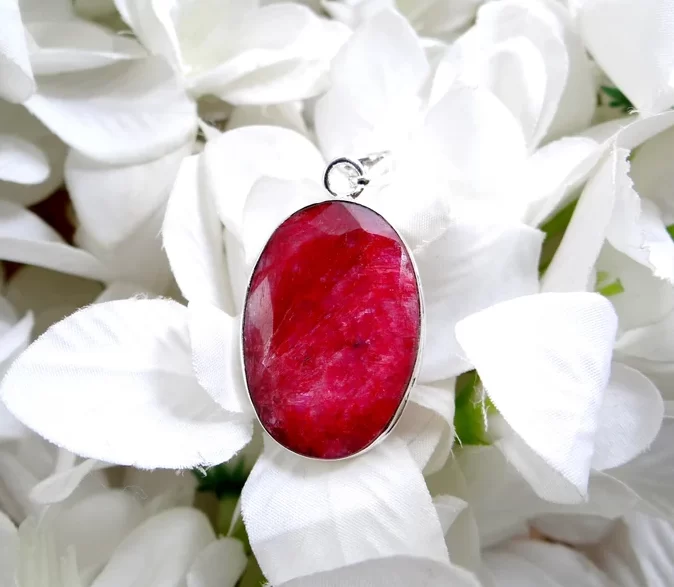
Also called “Bixbite”, “Red Emerald”, and “Scarlet Emerald”, Red Beryl wasn’t officially described until 1904. Chemically, it’s related to both Aquamarine and Emerald but it’s rarer than both. It’s only found in parts of Utah and New Mexico and is extremely difficult to mine in a sustainable economical fashion.
Due to these mining difficulties, Red Beryl is so rare in jewelry that it’s estimated to be roughly 8,000 times rarer than the similar red rubies – themselves a very rare gemstone.
Red Diamonds – rarest diamond variety
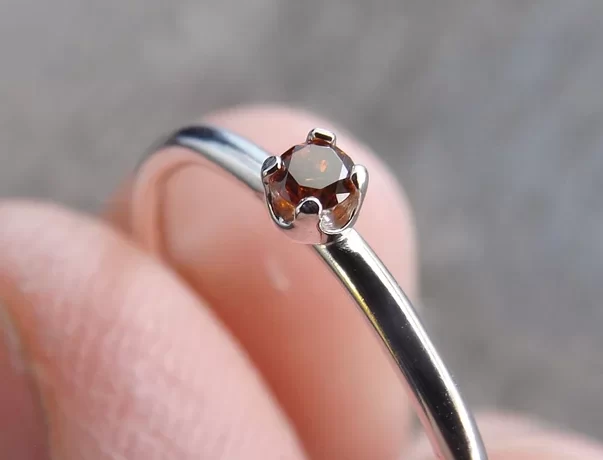
While diamonds themselves are anything but rare, we thought we’d mention a color variation of these gemstones that’s among the rarest of gemstones. Red diamonds are the rarest diamond variety and are highly valuable. They fetch eye-watering prices at auctions and are highly sought after by those looking for the best. The Moussaieff Red is the most valuable red diamond with an estimated value of upwards of 8 million.
Taaffeite – an unexpected discovery
This quite unique gemstone was named after its accidental discoverer – Count Edward Charles Richard Taaffe. The Count found out he was in possession of this previously unknown gemstone in the 1940s when he brought a collection of what he thought was spinel to a jeweler in Dublin. The jeweler found one unique stone among all the rest and thus, Taaffeite was announced to the world.
The Count had no idea where the stone came from at first, but after the discovery, other gemologists examined their own collection, and soon several more specimens were found. From there, the source of these stones was found to be Sri Lanka even though a few have also been found to come from China and Tanzania. Today, only about 50 Taaffeite gemstones gave been discovered.
Tanzanite – an underrated gemstone
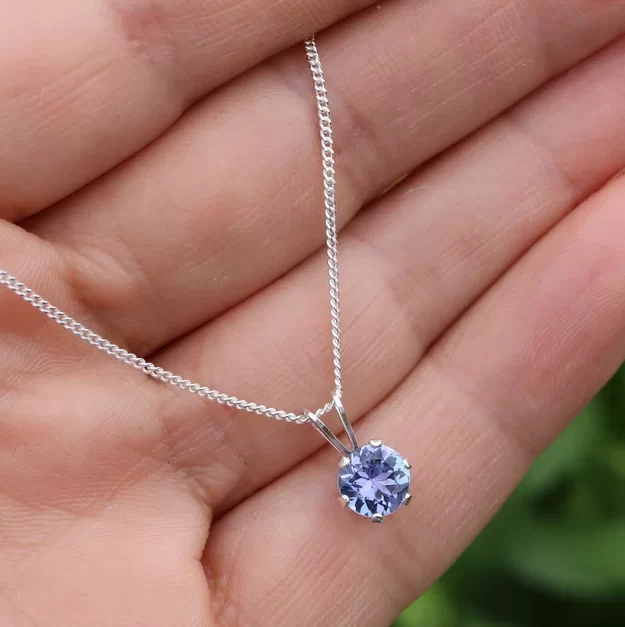
Found only in Tanzania, near the foot of Mount Kilimanjaro, this gorgeous gemstone is a blue variety of Zoisite. It was first discovered in commercial quantities in the 1960s and since then its popularity and value have soared thanks to jewelers such as Tiffany and Co.
However, even though it’s quite popular and not as rare as some of the other gemstones on this list, Tanzanite is still only found in this one location in small quantities. Once that one Tanzanite mine is exhausted, primary Tanzanite sources will be depleted. Hence, this stone is called the ‘one-generation gemstone’ as the mines are expected to run out in this generation. Even so, Tanzanite continues to be less expensive than blue sapphire but can rival blue sapphire in its beauty.
Of course, there are a lot of other rare gemstones that are very interesting in their own right. The ones above are just arguably some of the rarest of the rare, as well as some of the most interesting ones. Which of these rare gemstones would you say is the most fascinating one?


